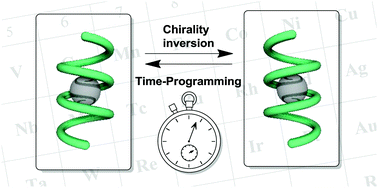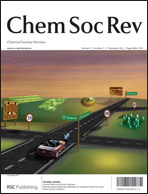‘Chirality switching’ is one of the most important chemical processes controlling many biological systems. DNAs and proteins often work as time-programmed functional helices, in which specific external stimuli alter the helical direction and tune the time scale of subsequent events. Although a variety of organic foldamers and their hybrids with natural helices have been developed, we highlight coordination chemistry strategies for development of structurally and functionally defined metal helicates. These metal helicates have characteristic coordination geometries, redox reactivities and spectroscopic/magnetic properties as well as complex chiralities. Several kinds of inert metal helicates maintain rigid helical structures and their stereoisomers are separable by optical resolution techniques, while labile metal helicates offer dynamic inversion of their helical structures via non-covalent interactions with external chemical signals. The latter particularly have dynamically ordered helical structures, which are controlled by the combinations of metal centres and chiral ligands. They further function as time-programmable switches of chirality-derived dynamic rotations, translations, stretching and shape flipping, which are useful applications in nanoscience and related technology.

You have access to this article
 Please wait while we load your content...
Something went wrong. Try again?
Please wait while we load your content...
Something went wrong. Try again?


 Please wait while we load your content...
Please wait while we load your content...